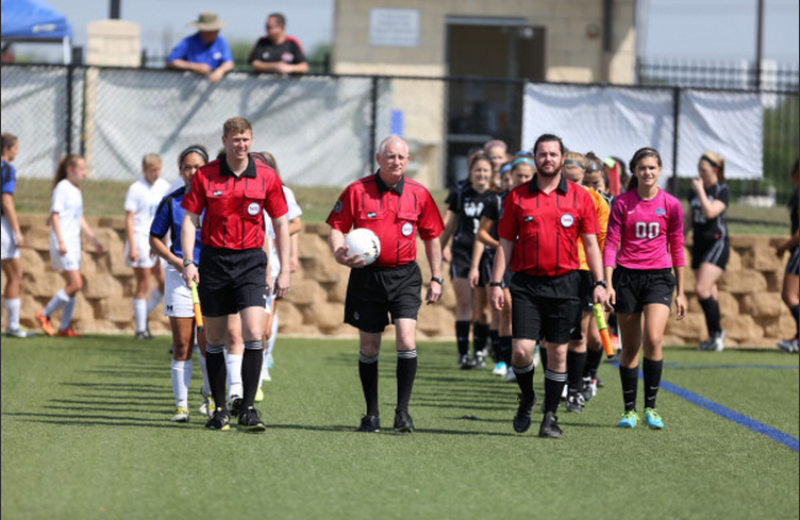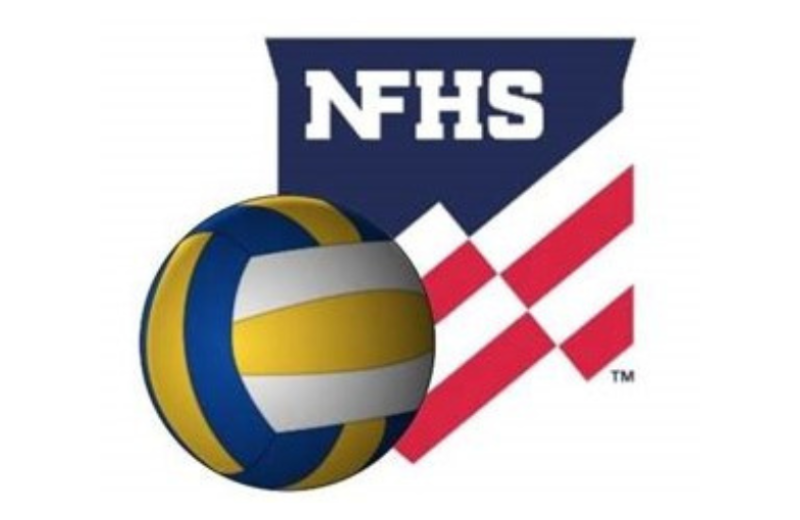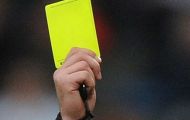
HOW TO READ A GAME
Once a referee reaches the point where he/she knows the Laws of the Game well and has learned effective mechanics, what comes next to improve his/her game and advance his/her career? There is more to refereeing soccer at a higher level than just running around calling fouls and the ball out of bounds. Effective game control becomes the next level of expertise to master. This is an especially important skill for the referee in upper‑level youth, high school, NCAA, adult amateur and professional play.
But what does “reading” mean? How does a referee read the game to gain better control?
One factor the referee should realize early on in a game is what kinds of tactics are the teams using? Does one team use a slow build‑up depending on using many short passes to advance? Are the opponents using quick counter‑attacks with long passes to advance? Cautioning players committing fouls to break up promising attacks may be necessary to take this problem out of the game. The referee must differentiate careless fouls between two players in a specific moment and tactical fouls that are part of a coordinated effort to neutralize the other team’s style of play. Some tactical fouls may be subtle or dramatic. When fouls have a purpose there is a meaning that the referee must identify and punish to show the teams they must not continue.
One team may be using an aggressive offside trap to neutralize the other team’s attack. While this is certainly within the laws when executed properly, the officiating team must be working together well to make sure it does not miss a properly executed offside trap. On the other hand, if the defensive team’s trap is not effective, the officials have to let play continue through the failed trap and deal with the ensuing frustration by the defense.
The referee will have to identify troublemakers on either team and be prepared to watch them closely to deal with them. Opponents may get fed up with one of these players and retaliate. A quiet word with these troublemakers can be effective as a warning displaying that the referee understands what is going on and is fully prepared to shut down misconduct. Other verbal methods including humor may influence troublemakers to change their ways once they realize the referee is on to them.
If a player commits persistent fouls, the referee must warn and/ or caution the player involved to stop the pattern. Counting fouls is necessary to identify persistent infringement. While the laws do not state specifically how many fouls by a player are considered persistent, it is up to the referee to decide this within the context of each game using his or her own best judgment. Sometimes the “density” of fouls within a space of time or in relationship to a previous event (a goal, a sendoff, or a penalty kick) will also precipitate more fouls. Letting players know that a pattern of troublesome events will be addressed sends them the message that the referee understands what is in progress.







